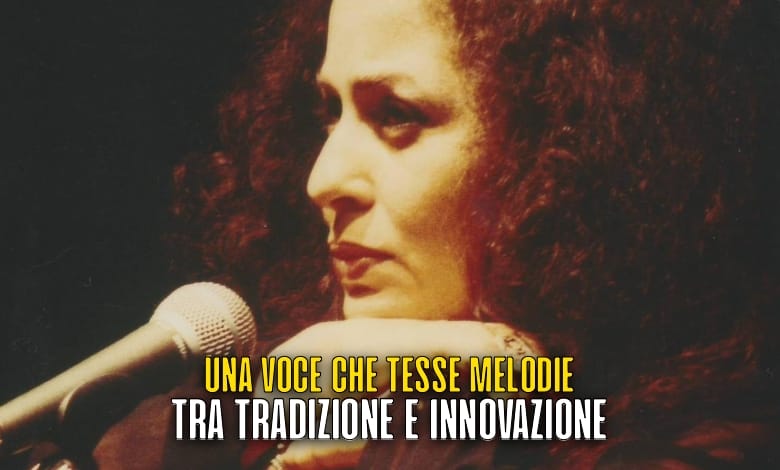Article index
Body music has developed in the world in various forms; Ancient rituals, gestures related to everyday life, work, communication have become real forms of art, leaving in part the context from which they came and purchased a more aesthetic and performative function.
What is the Balinese Kecak?
 Among the most famous forms of ancient body music related to tradition there is certainly the Kecak Balinese, an ancient ritual that seems to take inspiration from Sanghyang, a sacred dance of the Balinese Hindu tradition that seems to induce the trance as it was believed that a spirit entered In the dancer's body thanks to those repetitive movements.
Among the most famous forms of ancient body music related to tradition there is certainly the Kecak Balinese, an ancient ritual that seems to take inspiration from Sanghyang, a sacred dance of the Balinese Hindu tradition that seems to induce the trance as it was believed that a spirit entered In the dancer's body thanks to those repetitive movements.
In the 1930s, a Balinese dancer called Wayan Limbak and a German artist Walter Spies who had moved to live on the island decided to resume the ritual and create a musical drama to make known that tradition to the whole world.
How does the practice of dance Kecak be built?
The performance is usually only male (the first female execution took place no more than 15 years ago), there are 50 to 100 dancers sitting in concentric circles, dressed only with a cloth around life and a red flower on a ear.
The movements of the bust and arms accompany a vocal polyritmia composed mainly of monosyllabic rhythmic phrases. The main syllable is the "Ciak", there is a small group of men who sing the pulsation on the syllable "Po" and there are one or more "soloists" who lead the group. The rhythms are sworn and the trend often changes by responding to the calls of the soloist, the arms sway up and the hands vibrate by accompanying the voice.
While the circle carries out with the rhythms and vibration that it almost brings in a state of trance its center becomes the place of theatrical representation and dance. It is told through gestures, movements and bright costumes of a story linked to the Hindu epic and in the end there are dancers who dance in the fire.
Read also the article: Federica Loredan: one of the best performers in the field of body music








